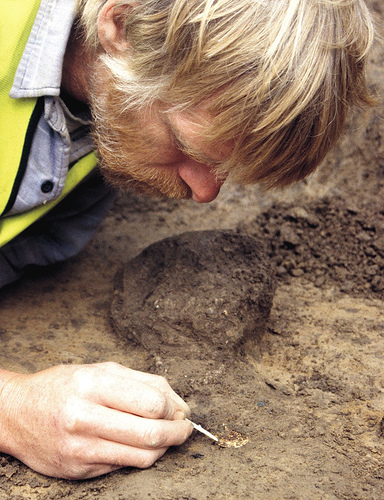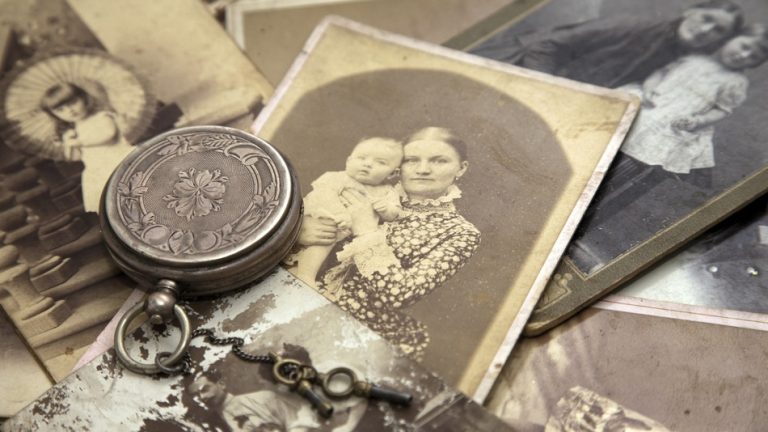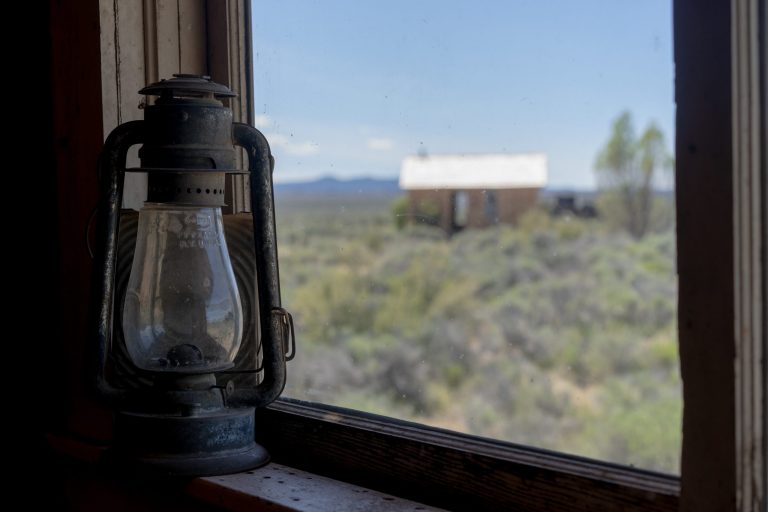Researching Novels in an Age of Information Overload
Today’s guest post is by Beth Castrodale.
Given the wealth of information available online, there’s never been a better time to be a novelist seeking answers to questions like these: What physical and emotional tolls did life in the trenches take on World War I infantrymen? What is a typical workday like for a gravedigger? What new corset features were garment manufacturers touting during the Great Depression?
But, as I discovered while hunting down answers to these very questions, this abundance of information can make the research process feel overwhelming. Fortunately, over time, I’ve identified some strategies that have helped me address my particular research needs and, in some cases, discover unexpected insights or narrative possibilities. Here, I’ll share those strategies and their benefits.
Especially for historical novels, be aware of primary-source materials that are available online. When trying to understand the day-to-day experiences of people who took part in historic events, few resources are more helpful than the firsthand accounts offered in diaries, journals, and memoirs.
Although libraries, archives, and other brick-and-mortar establishments can be great sources of such accounts, more and more of these types of documents are available from thoughtfully curated online archives. (Unlike some other internet sources, these archives can be depended on for reliable, carefully vetted information.)
One especially rich trove of primary-source documents is the Library of Congress’s website, which includes, among many other things, journals and diaries not just of famous figures in history but also of everyday people.
For my novel Marion Hatley, I wanted to get an inside look into the wartime experiences of a central character in the story, a veteran of World War I. I was fortunate to discover a collection of diaries and memoirs from the LoC collection Experiencing War: Stories from the Veterans History Project.
These texts offer rich details from the lives of everyday infantrymen: how they coped with hunger, thirst, injury, fear, and loss, and also with frustrations over maneuvers that seemed fruitless or ill-conceived. In short, the diaries and memoirs gave me insights into infantrymen’s day-to-day lives that no third-person historical account ever could.
Just as important, each journal familiarized me with one particular soldier’s perspective and manner of expressing himself: his unique voice. While writing from my character’s point of view, I was able to draw on both the voices and experiences I’d encountered in the journals. This helped me become more engaged with his story. And I hope that it made my portrayal of his war service feel more vivid and specific, filtered through a unique point of view.
If you would like to see what primary-source materials are available on a historical subject of interest, you might cruise through the LoC’s Digital Collections, which break offerings down by subject.
Consider interviews (face-to-face or otherwise). A frustrating paradox of internet research is that, despite the wealth of information available, it can be hard to find clear or thorough answers to certain questions.
While doing research for my novel In This Ground, whose central character is a gravedigger, I had a hard time turning up articles or essays that gave me a good handle on this job—not only the day-to-day tasks but also the experience of spending long hours in a cemetery, that intermediary space between the living and the dead. Although I found a few web-based articles that touched on these subjects, they all lacked the depth I was seeking.
Eventually, I decided to go right to the source: an actual gravedigger, Bobby Burke. I was able to shadow Bobby for a day, asking him questions about his various responsibilities and getting an insider’s view of goings-on at the cemetery, which can be really strange—especially at night.
This experience yielded far more than I’d expected: not just specifics about Bobby’s job but also some great stories that I decided to work into my novel.
Interviews can be a great way to get specific, clear, and detailed answers to research questions that print or online sources address inadequately, or in ways that don’t meet your needs. And they can be far more time efficient than burrowing into potentially bottomless research rabbit holes.
Although face-to-face interviews can help you gather a wealth of details and insights, you can get quick answers to more targeted questions by contacting sources via phone or email.
Consider multimedia sources. While working on my novel Marion Hatley, whose title character is a Depression-era corset maker, I found a wealth of print and online books and articles that helped me understand how corsets evolved from the late nineteenth to early twentieth century. These sources also shed light on the sorts of undergarments that were popular at the time of the novel.
In the course of my research on corsets and other topics, I discovered other types of sources that turned out to be invaluable:
Advertisements. While researching Depression-era corsets, I turned up vintage corset advertisements that helped me get a clear, visual sense of the state of the art for foundation garments at the time. Also, because these ads spoke to potential customers, touting features of various corsets, they helped me think about features Marion might work into her own creations, and about how she might pitch these to lingerie purveyors and customers. (If you are seeking vintage advertisements yourself, a Google image search is a good first step.)
Videos. While the diaries and journals of World War I veterans gave me a rich sense of their interior lives, another resource helped me visualize some of their experiences: wartime movies that have been converted to videos. Specifically, a video that collated movies of World War I hospital trains helped me include specific sensory details about a character’s memory of just such a train.
You might also look for videos or photographs that capture events, scenes, or situations similar to those you’re portraying. Like me, you may discover that these sources can really help you lend more vivid, specific details to your writing.
Audio files. Audio resources can offer another point of entry into characters’ worlds, and another way of portraying these words in detail. Let’s say that in your historical novel your characters tend to gather in the kitchen to listen to radio shows. You can provide a sense of this experience by listening to some of these shows and incorporating details from them into your writing; these broadcasts are available on such sites as Old Radio Programs. Old radio shows can also give you a feel for the language and vocal mannerisms of certain time periods, helping you write more authentic dialogue.
Be open to the unexpected places the research may take you. While tracking down an answer to a research question, you might come across something unexpected and intriguing, maybe something you can’t stop thinking about. Sometimes, this finding will be nothing more than an entertaining detour; other times, it might open up new narrative possibilities.
 Beth Castrodale has worked as a newspaper reporter and book editor. Her novel Marion Hatley (Garland Press, 2017) was a finalist for a Nilsen Prize for a First Novel from Southeast Missouri State University Press. Her upcoming novel In This Ground will be published by Garland Press in September. Beth has published stories in such journals as Printer’s Devil Review, The Writing Disorder, and Mulberry Fork Review. Connect with Beth at her website, on Facebook, and on Twitter.
Beth Castrodale has worked as a newspaper reporter and book editor. Her novel Marion Hatley (Garland Press, 2017) was a finalist for a Nilsen Prize for a First Novel from Southeast Missouri State University Press. Her upcoming novel In This Ground will be published by Garland Press in September. Beth has published stories in such journals as Printer’s Devil Review, The Writing Disorder, and Mulberry Fork Review. Connect with Beth at her website, on Facebook, and on Twitter.












Excellent tips for historical research, Beth. I’ve shared it online. I’ll also connect with you online. Thanks so much!
Thanks for your kind words, Victoria!
Thank you for sharing your research tips, Beth. Your post is a goldmine of information especially as it relates to the Library of Congress Digital Collections section.
Belated thanks for your kind words, Joanna!
Thanks for this very rich post. I will be sharing the link on my blog.
Thanks so much, Rosi. I really appreciate that!